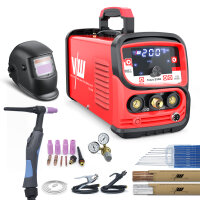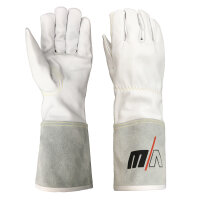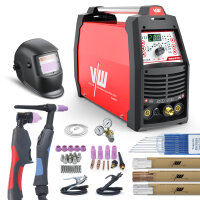related products
Others also bought:
Similar items

368,91 € *

419,33 € *

503,36 € *

730,25 € *

















